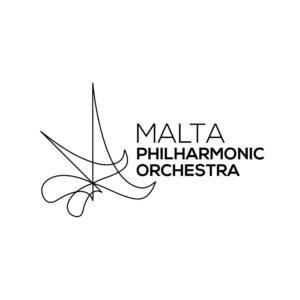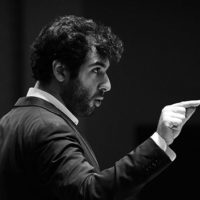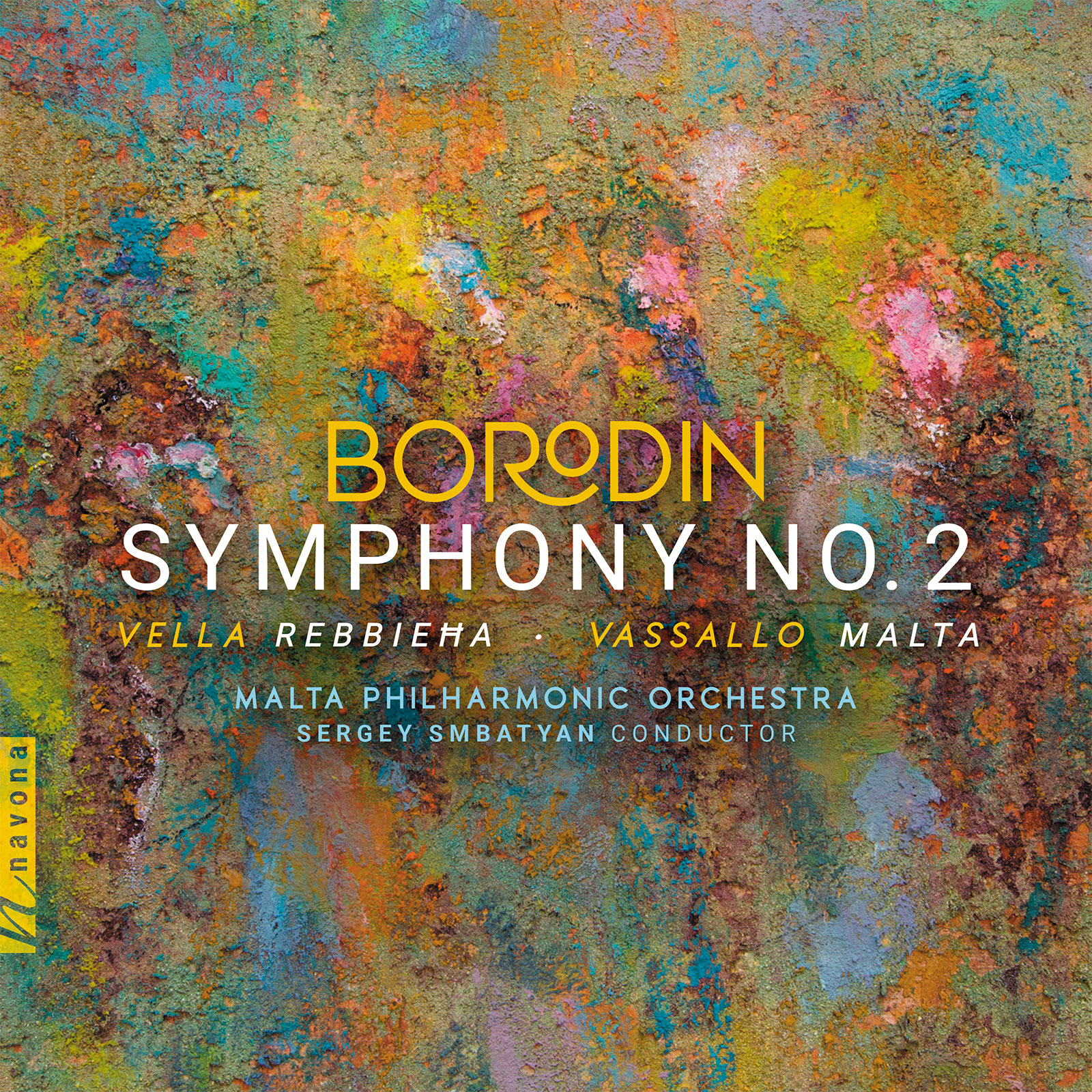Borodin Symphony No. 2
Alexander Porfiryevich Borodin composer
Paolino Vassallo composer
Joseph Vella composer
Malta Philharmonic Orchestra | Sergey Smbatyan conductor
Recognized as Malta’s foremost musical institution for half a century, the Malta Philharmonic Orchestra keeps the fire burning with an album featuring works from Alexander Borodin, Joseph Vella, and Paolino Vassallo. While all three pieces wield their own compositional characteristics, an underlying theme of pride and victory in the face of adversity is present throughout, with Vella’s Rebbieħa subtly referencing fragments of Malta’s national anthem, Vassallo’s Malta reflecting the patriotic ideals of Romantic period artists, and Borodin’s Second Symphony depicting the imagery and celebration of war heroes. Enjoy the sonorous roar of the full philharmonic orchestra as they tell tales of triumph through music.
Listen
Stream/Buy
Choose your platform
Track Listing & Credits
| # | Title | Composer | Performer | |
|---|---|---|---|---|
| 01 | Symphony No. 2: I. Allegro moderato | Alexander Porfiryevich Borodin | Malta Philharmonic Orchestra | Sergey Smbatyan, conductor | 7:41 |
| 02 | Symphony No. 2: II. Scherzo - Molto vivo | Alexander Porfiryevich Borodin | Malta Philharmonic Orchestra | Sergey Smbatyan, conductor | 5:01 |
| 03 | Symphony No. 2: III. Andante | Alexander Porfiryevich Borodin | Malta Philharmonic Orchestra | Sergey Smbatyan, conductor | 9:18 |
| 04 | Symphony No. 2: IV. Finale - Allegro | Alexander Porfiryevich Borodin | Malta Philharmonic Orchestra | Sergey Smbatyan, conductor | 6:16 |
| 05 | Malta | Paolino Vassallo | Malta Philharmonic Orchestra | Sergey Smbatyan, conductor | 10:25 |
| 06 | Rebbieħa, Op. 45a | Joseph Vella | Malta Philharmonic Orchestra | Sergey Smbatyan, conductor | 11:43 |
Recorded October 21-23, 2020 at Grand Master’s Suite, Hilton Conference Center in Malta
Recording Session Producer and Engineer Jan Košulič
Cover photo: Four From ‘The Rational’ Series By Vince Briffa
Notes Joseph Camilleri
Executive Producer Bob Lord
Executive A&R Sam Renshaw
A&R Director Brandon MacNeil
VP of Production Jan Košulič
Audio Director Lucas Paquette
Recording Sessions Director Levi Brown
Editing & Mixing Jan Košulič, Melanie Montgomery
Mastering Melanie Montgomery
VP, Design & Marketing Brett Picknell
Art Director Ryan Harrison
Design Edward A. Fleming
Publicity Patrick Niland, Aidan Curran
Content Manager Sara Warner
Artist Information

Malta Philharmonic Orchestra
For half a century, the Malta Philharmonic Orchestra (MPO) has been Malta’s leading musical ensemble. The orchestra was founded in April 1968, when musicians from the defunct Commander-in-Chief (C-in-C) orchestra of the Malta-based British Mediterranean Fleet regrouped as the Manoel Theatre Orchestra. It continued to serve as the theatre’s resident orchestra until September 1997, when it became an independent orchestra, taking up the name National Orchestra of Malta. The orchestra became the MPO in 2008 when it expanded to a full-sized symphony orchestra, bringing together the best of Maltese talent and musicians from Europe and beyond.

Sergey Smbatyan
Extending beyond his native Armenia, Sergey Smbatyan’s renowned and prolific musical career is anchored on his inexorable vision to perfect the world through music and human spiritual enrichment. He is the founder, Artistic Director, and Principal Conductor of the Armenian State Symphony Orchestra and has been leading the Malta Philharmonic Orchestra as its Principal Conductor since September 2019.

